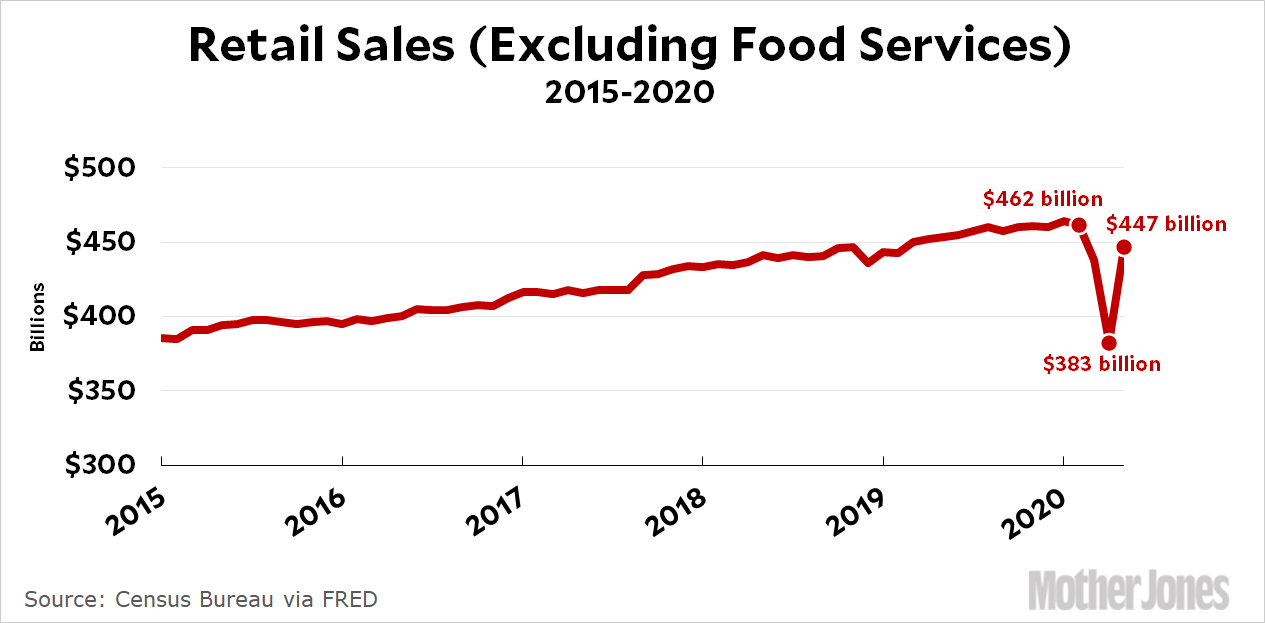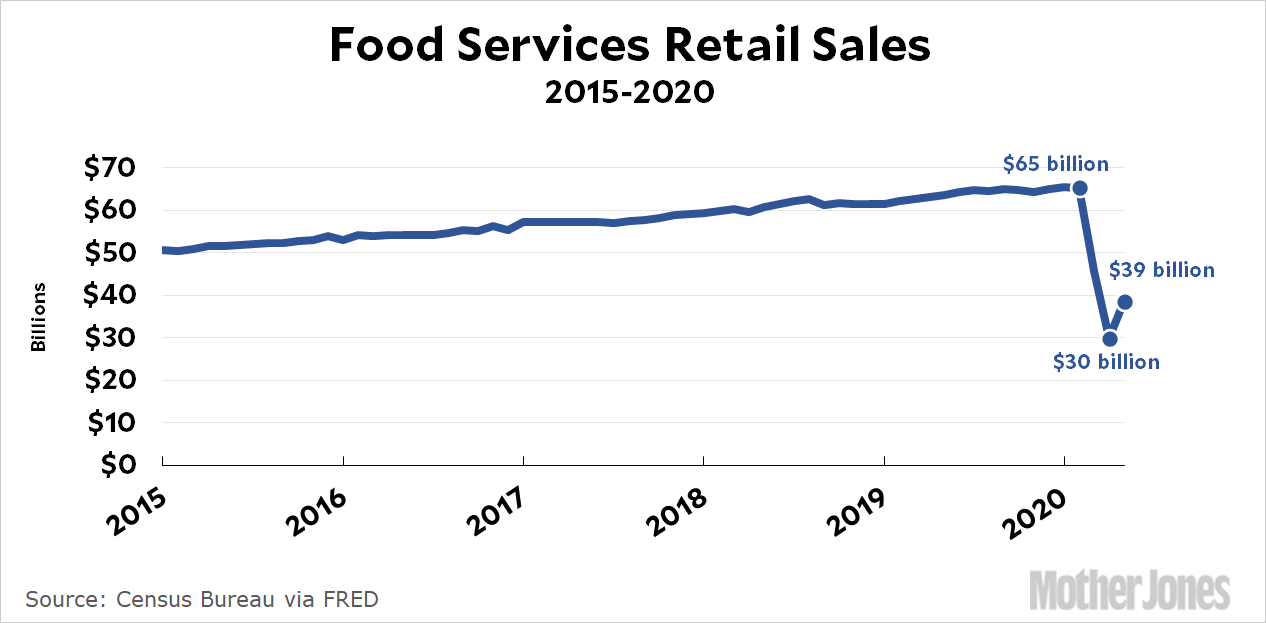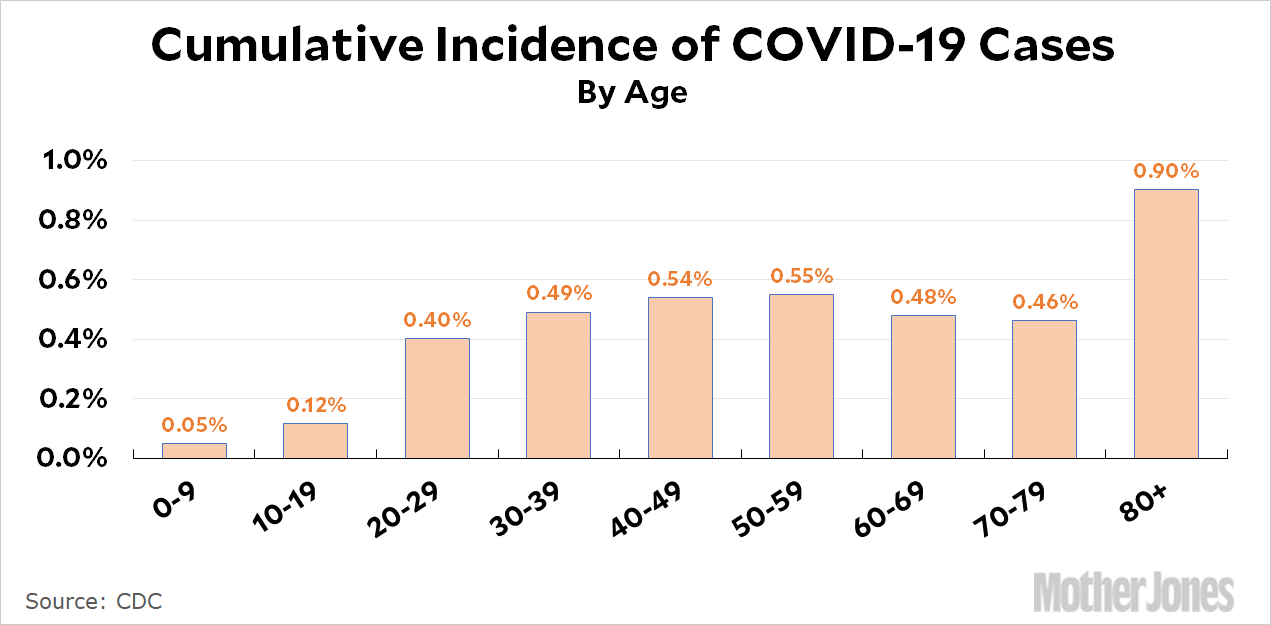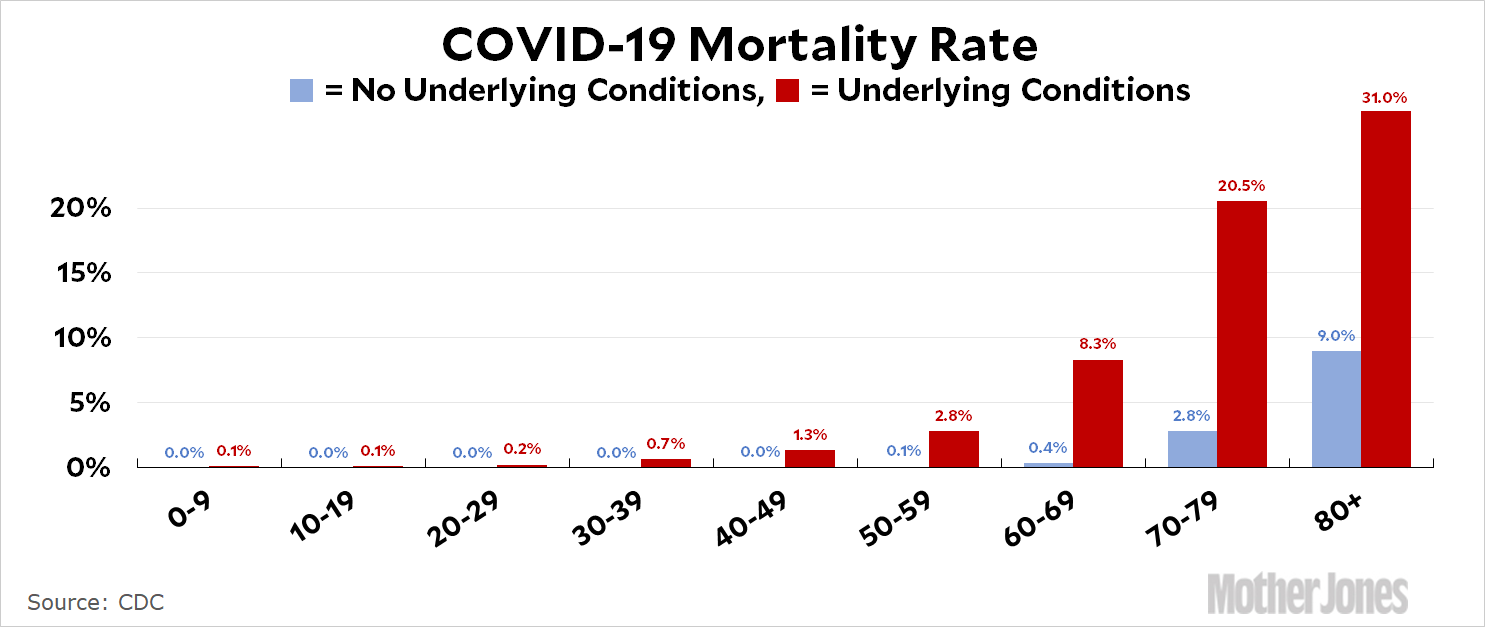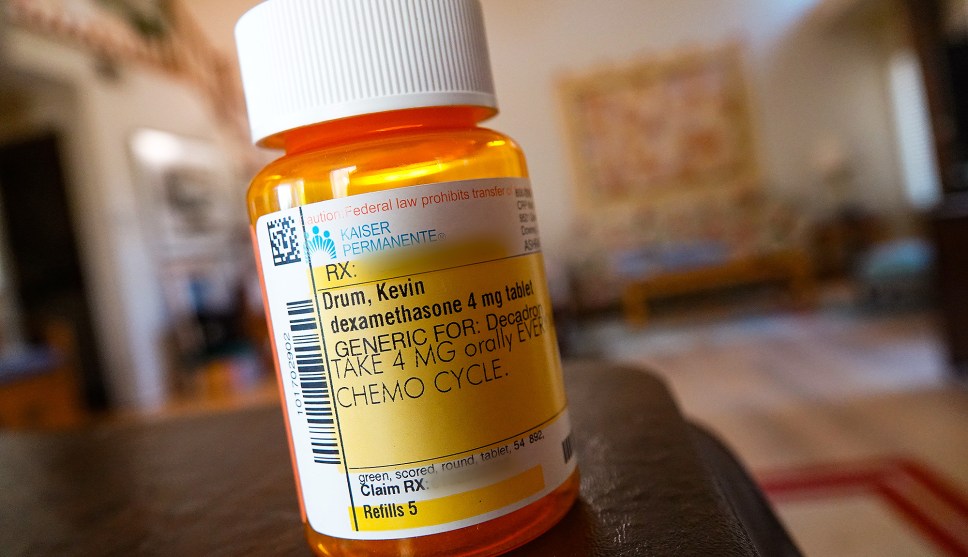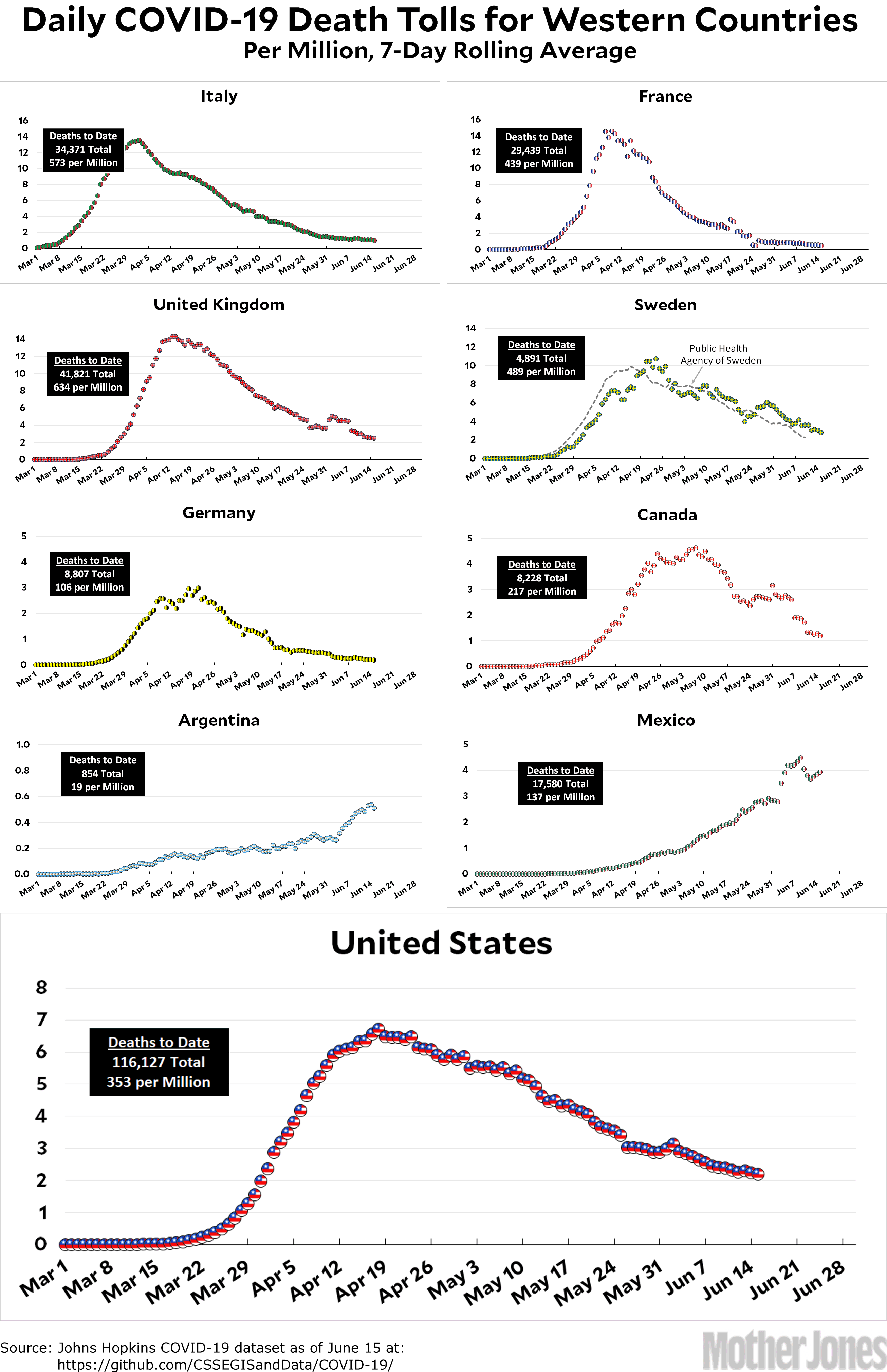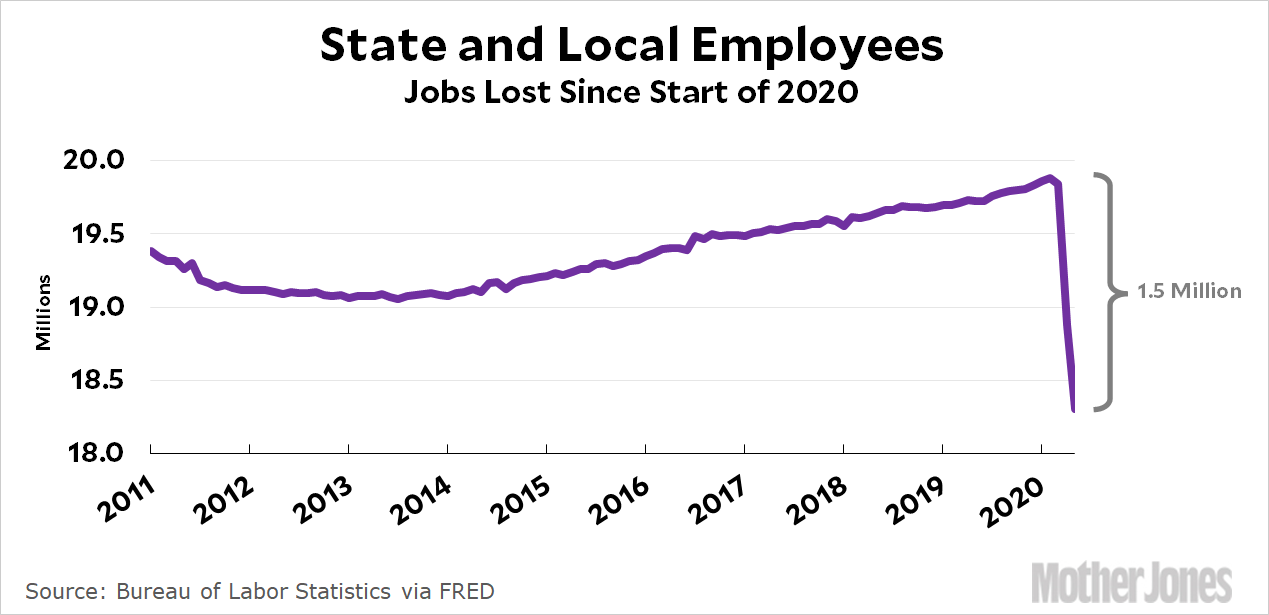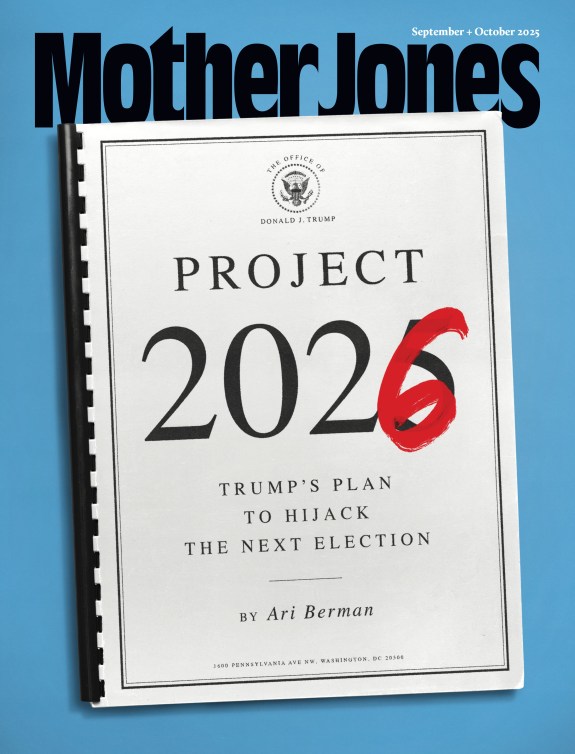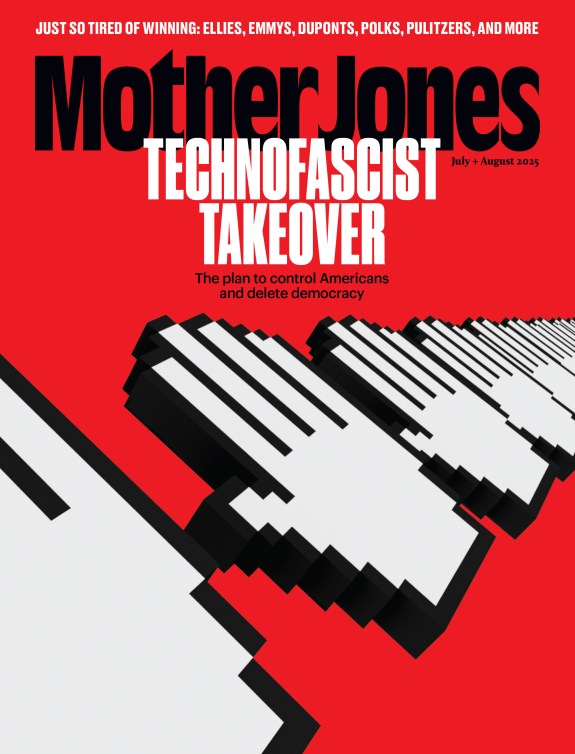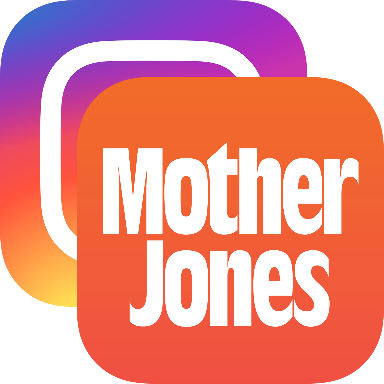I saw a post today comparing COVID-19 cases in the United States to the European Union, but since I don’t really trust case counts I skipped by it. Still, it got me curious, so I decided to take a look at COVID-19 deaths in the US vs. the EU. What I got was two curves that were pretty similar except that the US was about 12 days behind Europe. So I lagged the US data by 12 days to get a good visual comparison. Here it is:
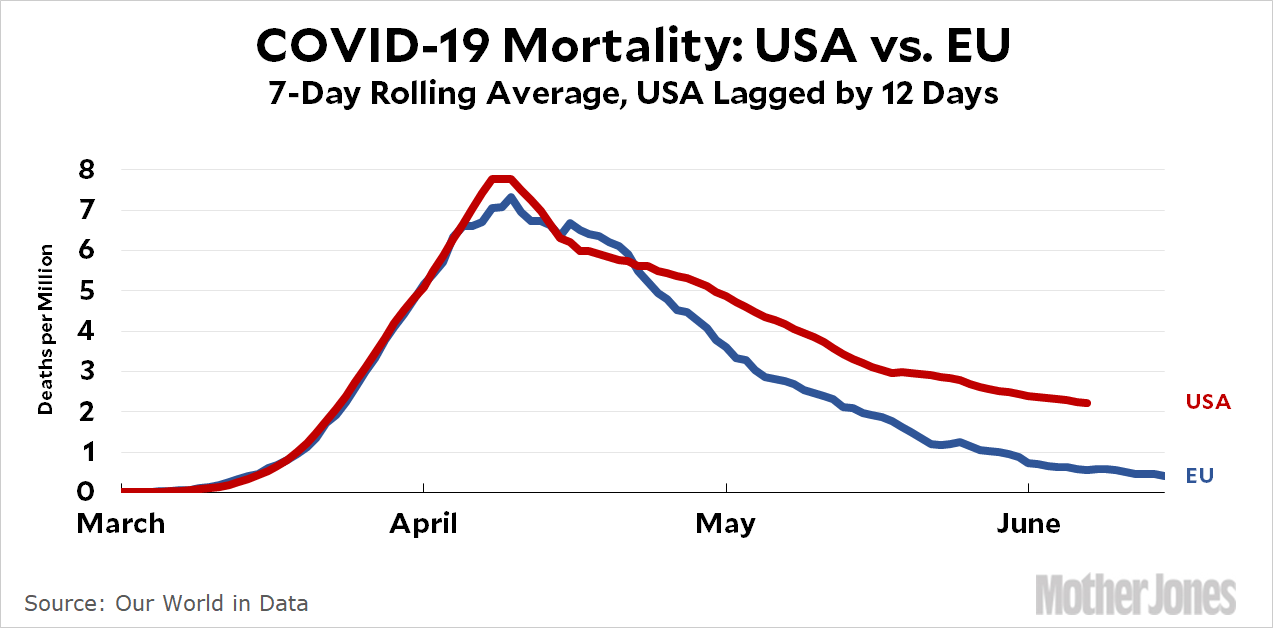
That’s sort of an interesting look, isn’t it? Both the US and the EU rose at almost exactly the same rate and reached almost the same peak. The difference comes after the peak: the EU kept most of its lockdowns in place for about six weeks post-peak and crushed their curve to below 1 death per million. The US, by contrast, began opening up within three weeks after its peak, and our decline has been much less rapid.
Even if we don’t have a resurgence of infections in the near future, our rate of decline has flattened considerably since the end of April. At the rate we’re going, we won’t hit Europe’s level until the end of July.


